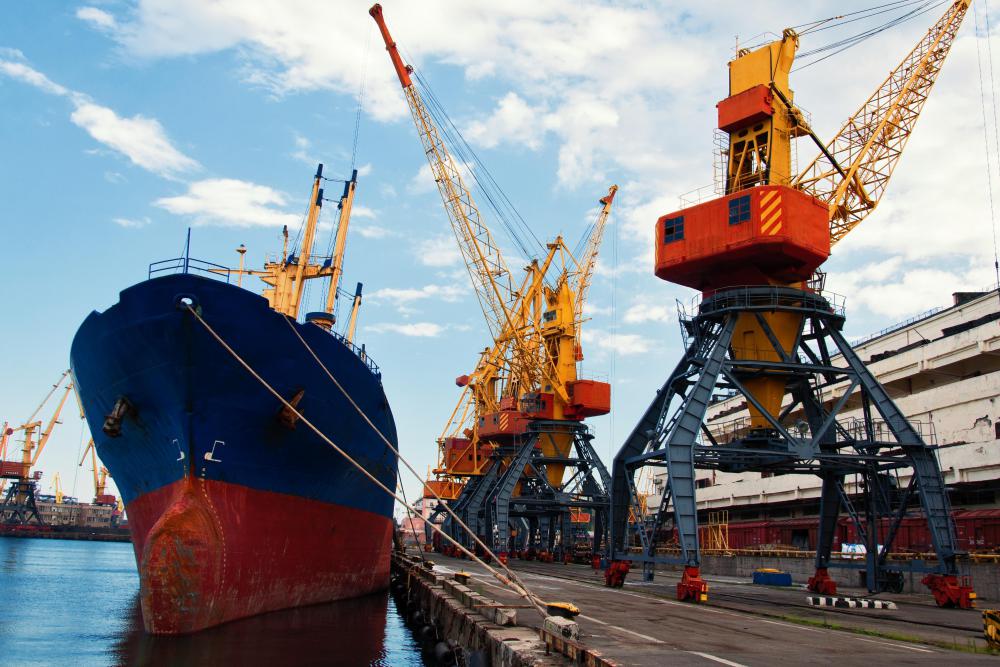At WiseGEEK, we're committed to delivering accurate, trustworthy information. Our expert-authored content is rigorously fact-checked and sourced from credible authorities. Discover how we uphold the highest standards in providing you with reliable knowledge.
What is an Inflationary Gap?
An inflationary gap is an output gap in which the inflation-adjusted, real gross domestic product (GDP) of a nation surpasses the full-employment, potential GDP. When an inflationary gap occurs, it indicates that the growth in demand for products and services outstrips the growth in the capacity to provide those goods and services. Economists consider an inflationary gap a harbinger of inflation. Both increasing demand and increasing employment levels, in response to demand, will drive prices up over time. Factors that push the real GDP upward include increases in investment, exports, consumer spending, or government spending.
The full-employment, potential GDP reflects the monetary value of all of the goods and services that the nation is capable of producing within a given year if everyone is employed. This value is adjusted for inflation relative to a base year in order to account for price changes. If the real GDP falls below the full-employment, potential GDP, a recessionary gap occurs, which is the opposite of an inflationary gap. A recessionary gap indicates that the growth in demand is not keeping pace with the growth in supply, leading to rising unemployment levels. High unemployment decreases consumer spending, and decreased demand leads to falling price levels, called deflation.

There are two accepted theories regarding the causes of inflationary gaps. In growing economies with rising employment, the increase in consumer spending floods the market with excess cash for a finite number of goods. This is called demand-pull inflation. On the other hand, as costs to produce things go up, companies have to charge higher prices to maintain their profit margins. This is called cost-push inflation.
Inflation, especially if unanticipated, has serious negative consequences for some people. Persons who are living on fixed incomes are particularly impacted, because each dollar that they spend purchases a smaller quantity of goods, to the ultimate detriment of their standard of living. Inflation hurts creditors and helps debtors, resulting in banks being unwilling to make loans. Loan repayments do not account for inflation, essentially amounting to interest-free capital. Investments and consumer spending tend to slow down due to market uncertainty, which slows the economy. Furthermore, inflation can make domestic products less competitive in a global marketplace.
In order to minimize the size of an inflationary gap following a period of business expansion, governments may modify monetary policy to control demand by raising taxes or increasing interest rates, both of which decrease consumer spending. Alternatively, the government can sharply curtail its spending. Supply-side proponents support measures to boost productivity and increase supply by reducing governmental regulations and capital gains taxes. Additionally, they call for decreases in the marginal tax rate.
An inflationary gap may occur when tax rates adversely affect the output of the economy. Higher taxes reduce the incentive for people to work and invest. When taxes go up, workers may take more vacation, retire earlier, or opt out of the workplace altogether. Some workers may go out of the country in order to keep a higher percentage of what they earn. As fewer workers are available in the workplace, wages go up, increasing the costs of production. The result is an increase in prices and a decrease in productivity.
AS FEATURED ON:
AS FEATURED ON:











Discuss this Article
Post your comments